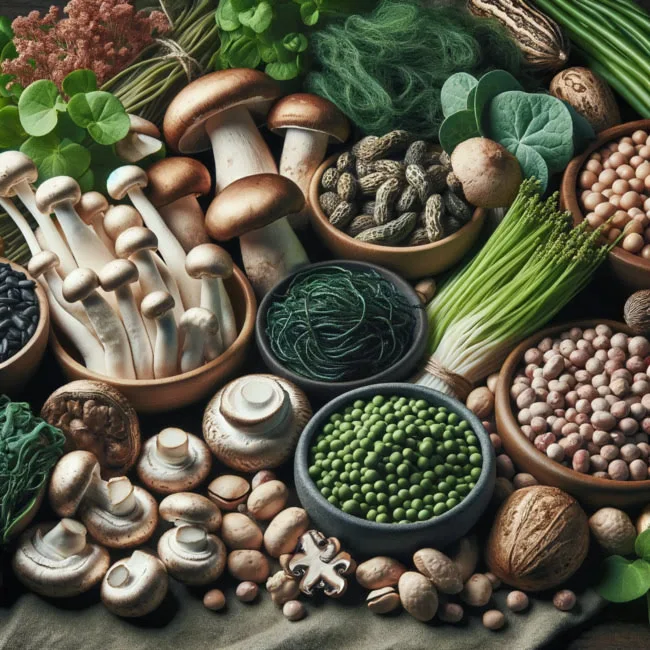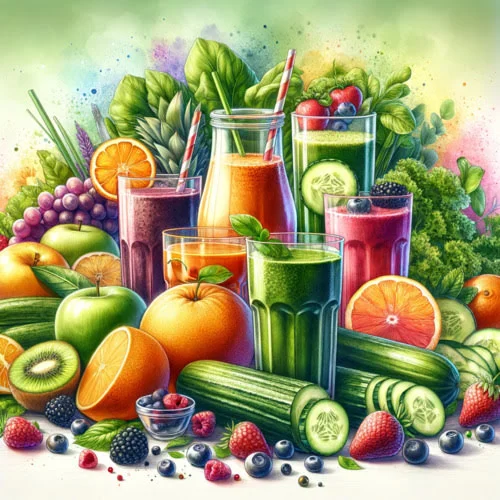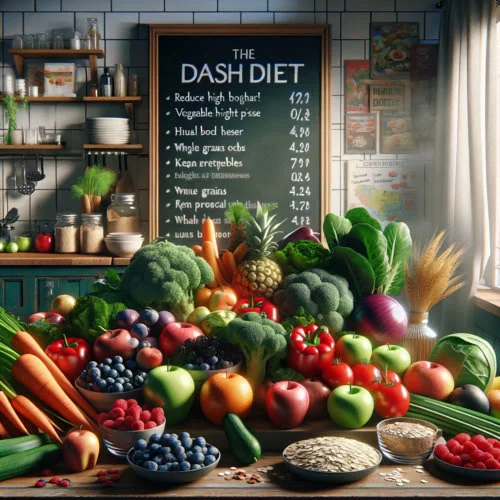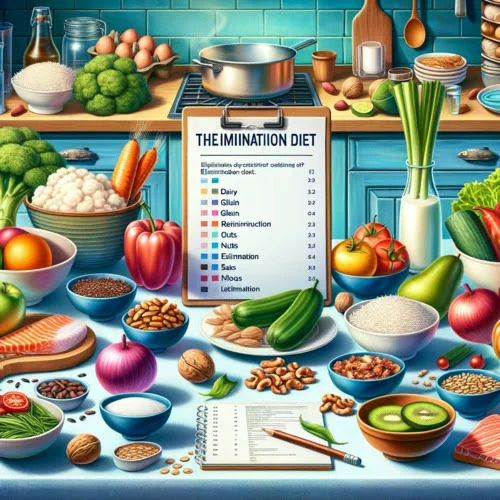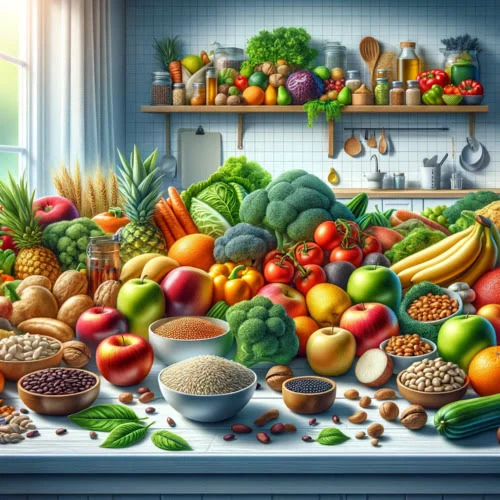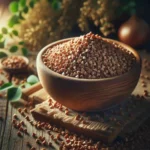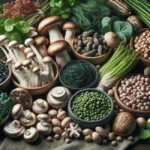When it comes to eating a nutritious and healthy diet, plant-based foods play a key role. In recent years, we have seen a steady increase in interest in vegetarianism and veganism, which is not surprising. After all, a plant-based diet not only keeps us healthy, but also contributes to environmental sustainability. Foods such as mushrooms, algae and legumes contain a rich assortment of nutrients that are essential for our bodies. They provide us with proteins, vitamins, minerals and fiber, and help keep our diet diverse.
Switching to a plant-based diet is not only a fashion trend, but also a return to the roots of our nutrition. Historically, mankind has relied on plants as a primary source of food. Hunting and gathering plants were the primary ways of obtaining food. With the development of agriculture and animal husbandry, the role of plants in the human diet temporarily declined, but now we are seeing a resurgence of interest in plant-based foods. This revival is supported by research that confirms the health and environmental benefits of a plant-based diet.
Incorporating whole plants into your diet is one of the best things you can do for those seeking a healthy lifestyle. Let’s take a closer look at why mushrooms, seaweeds and legumes are so important to our diet and how they can be prepared in a delicious and varied way.
Environmental and health aspects of plant-based nutrition
From my experience in the dietetics field, I can confidently say that a plant-based diet has significant environmental benefits. Animal agriculture is known to have a huge impact on the environment. It requires large amounts of land, consumes huge amounts of water, and is a major source of greenhouse gases. In contrast, plant-based agriculture is a much more sustainable option. For example, utilizing whole plants such as mushrooms, algae, and legumes greatly reduces the ecological footprint. These products require fewer resources to grow and process, and at the same time, they are nutritious and healthy.
I would like to emphasize the importance of shifting to more sustainable eating habits. Predictions suggest that shifting to a diet rich in whole plants can have significant positive impacts on both the environment and human health. Whole plants, such as mushrooms, algae and legumes, are not only environmentally friendly to grow, but are also highly nutritious. They are rich in protein, vitamins, minerals and fiber, which helps improve overall health, reduce the risk of chronic disease and improve digestion. In my opinion, actively incorporating these foods into the diet can be a key element in creating a healthy and sustainable lifestyle.
Features of plant proteins
I often encounter questions about the difference between plant proteins and animal proteins. In fact, the differences are significant. Animal proteins, which are found in meat, fish, eggs, and dairy products, are considered “complete” because they contain all the essential amino acids needed by the body. Plant proteins, on the other hand, are often referred to as “incomplete” because some plant sources lack one or more essential amino acids.
However, it is important to realize that this does not make plant proteins less valuable. For example, a combination of different plant-based protein sources, such as beans and grains, can provide a full complement of amino acids. Plus, plant-based proteins have certain benefits: they are easier to digest and may reduce the risk of certain diseases, such as cardiovascular disease and diabetes.
Overview of essential and substituted amino acids in plant foods
When talking about plant proteins, it is important to mention essential and substituted amino acids. Indispensable amino acids are those that cannot be synthesized by the body and must be supplied by food. These amino acids are found in plant foods, but sometimes in smaller amounts than in animal foods. Examples of such sources are quinoa, soy, lentils, and buckwheat.
Substitutable amino acids, on the other hand, can be synthesized by the body, but their presence in the diet is also important. Plant foods rich in amino acids include a variety of nuts, seeds and legumes.
In conclusion, my advice is that to maintain a healthy balance of amino acids, include a variety of plant-based protein sources in your diet. Not only will this enrich your diet with important nutrients, but it will also make your meals more interesting and tasty.
Sources of vegetable protein
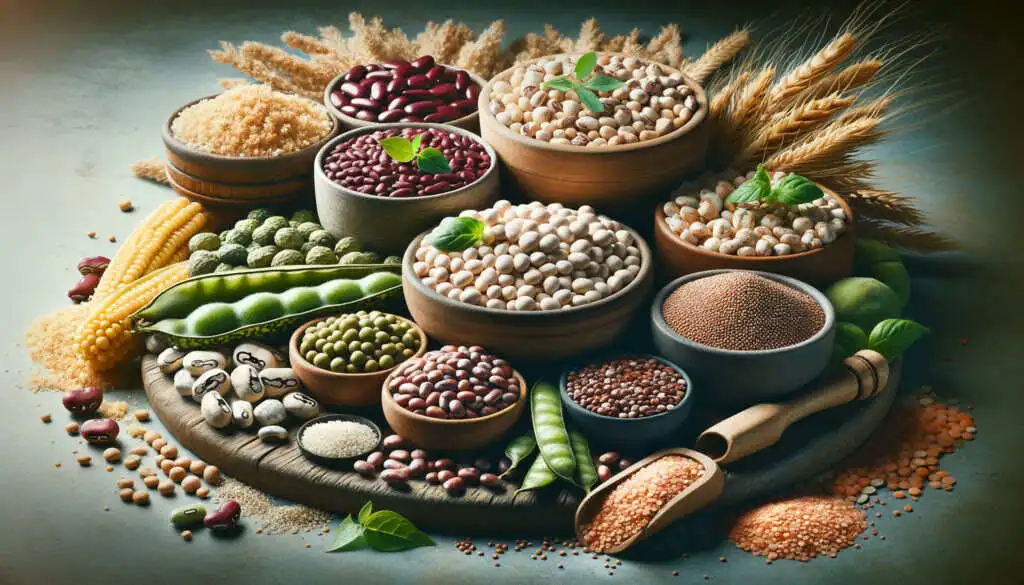
Legumes such as beans, lentils and peas are some of the best sources of vegetable protein. They are rich not only in protein but also in fiber, vitamins and minerals. Cereals, including quinoa, buckwheat and whole wheat, also provide a good amount of protein, as well as complex carbohydrates and important micronutrients.
Nuts and seeds such as almonds, walnuts, pumpkin seeds and flaxseeds are not only a source of protein but also healthy fats. They are great for snacking as well as adding to salads or main meals.
I would like to emphasize plant protein sources such as mushrooms and algae.** Mushrooms are a unique source of mycoprotein, which are not only high in protein but also have a good texture, making them a great alternative to meat. They contain important vitamins and minerals and are also a source of fiber.
Algae such as spirulina and chlorella are also a valuable source of plant protein. Not only are they rich in protein, but also in antioxidants, vitamins, minerals and omega-3 fatty acids. Algae can be used in a variety of dishes, from salads to smoothies, and are a great addition to a healthy diet.
Examples of recipes and preparation methods
With considerable experience in healthy cooking, I’m excited to share a few recipes.
1. Lentil Soup: Lentils are an excellent source of vegetable protein. To make the soup you will need lentils, carrots, onions, garlic, vegetable stock and spices. All ingredients are boiled until soft, then the soup can be pureed for a more tender texture.
2. Quinoa with vegetables: Quinoa is a grain rich in protein. Cook quinoa with the addition of various vegetables (e.g. peppers, broccoli, tomatoes) and seasonings (turmeric, garlic). This dish can be served as a side dish or on its own.
3. Mushroom cutlets: Mushrooms are an excellent source of mycoprotein. Chop mushrooms, add onion, garlic, some breadcrumbs and spices. Form cutlets and fry them in a pan until golden.
4. Salad with spirulina: Spirulina algae will add protein to your salad. Mix fresh lettuce leaves, cucumbers, tomatoes, olives, add some spirulina and dress with olive oil and lemon juice.
5. Rice and beans: This classic combination is not only delicious, but also provides a full spectrum of amino acids. Cook brown or black rice and combine it with black or red beans. Add vegetables and spices for a richer flavor.
6. Lentil and Quinoa Salad: This combination also provides a full complement of amino acids. Cook the lentils and quinoa separately, then mix them with vegetables, herbs and seasonings.
These recipes and tips will help you diversify your diet, making it not only rich in plant-based protein, but also delicious and healthy.
Conclusion
Based on my experience and the latest research in nutritional and environmental science, it is clear that a plant-based diet has tremendous benefits for both human health and the environment. A plant-based diet rich in legumes, grains, nuts, seeds, mushrooms and algae provides the body with all the nutrients it needs while reducing the risk of many diseases, including cardiovascular disease, diabetes and some cancers.
From an environmental perspective, switching to a plant-based diet can significantly reduce greenhouse gas emissions associated with livestock production, as well as reduce water and land use. This makes plant-based diets an important element in the fight against climate change and the sustainable use of natural resources.
The transition to a plant-based diet globally presents both prospects and challenges. On the one hand, the increasing availability and diversity of plant-based foods, as well as growing awareness of their health and environmental benefits, are facilitating the transition to a plant-based diet. On the other hand, there are cultural, economic and social barriers that can make this transition difficult. For example, access to diverse and nutritious plant-based foods is limited in some regions of the world.
In conclusion, the transition to a plant-based diet represents one of the key areas in ensuring the health of the population and the sustainable development of our planet.** This process requires collaborative efforts from governments, health, educational institutions and consumers themselves to overcome existing barriers and increase access to quality plant-based foods.

